How Feasible are EU Green Hydrogen Imports?
)
The EU is planning to import 10 million tonnes of hydrogen by 2030 as part of its REPowerEU initiative to secure an energy supply free from Russia’s gas. But this target could be out of reach, considering the caveats: transport and the “additionality” principle.
Countries further south benefit from their fortuitous locations for producing renewable energy, particularly solar. Having access to abundant renewable resources allows these countries to produce green hydrogen at lower cost. According to a World Energy Council report, in collaboration with Electric Power Research Institute (EPRI) and PwC, Africa, Latin America and the Middle East are poised to become major exporting regions.
Unlike fossil fuels, transporting hydrogen is challenging, expensive and there isn’t sufficient infrastructure in place to support hydrogen trade. Ammonia, a hydrogen derivative, can be transported more easily at a lower cost.
In an interview with Hydrogen Technology World News, the official newsletter of Hydrogen Technology Expo Europe and the US, Martin Lambert, Senior Research Fellow and Head of Hydrogen Research at the Oxford Institute for Energy Studies, said constructing pipelines could be the most efficient way to transport hydrogen. For this reason, a report by the International Renewable Energy Agency (IRENA) predicts hydrogen trade to be primarily a regional affair.
In the short term, Lambert foresees trade beginning within the EU.
“Places like Southern Spain and Portugal have got more renewable potential than demand for hydrogen,” said Lambert. He added that these countries could supply hydrogen to, for example, Northern Germany and the Netherlands, “where there is more demand for hydrogen and less ability to produce it”. Norway might also provide Germany and the Netherlands with hydrogen, Lambert said.
In the long-term, Morocco could become a hydrogen export hub in North Africa, probably supplying hydrogen through a pipeline to Spain and then it can be transported up to Northern Europe, Lambert speculates.
However, the infrastructure to make this trade flow possible needs to be constructed. “It needs to have a business case to invest in that infrastructure,” added Lambert.
The EU Commission announced that it will not allow existing renewable projects to power green hydrogen production under its “additionality” principle, including in exporting countries. The Commission’s draft regulations laid out criteria for additionality within the EU, which German renewables firm, RWE claimed was “slamming the brakes on green hydrogen”.
The Commission stated: “To avoid the risk that investments in renewable energy may be diverted from the energy transition in partner countries to the production of renewable hydrogen as export commodity, strict standards will ensure that renewable hydrogen imports to the EU can only be produced from additional renewable energy sources.
“This is particularly relevant for instance in sub-Saharan Africa where countries have also the additional challenge to address energy access,” said Lambert.
Currently, Morocco is using coal for power generation. “If you were to build lots of renewable power in Morocco, the first thing to do is to decarbonise the grid,” added Lambert.
In the long-term, Lambert predicts that it will be viable to import from Morocco, but he reckons it won’t be by 2030.
One scenario could be that “richer European countries will make an investment in renewable power in Morocco to decarbonise the grid and produce hydrogen”.
The Commission announced: “Hydrogen imports will be facilitated by a new dedicated work stream under the EU Energy Platform which should operationalise the European Global Hydrogen Facility and support Green hydrogen partnerships, which will kick-start the global renewable hydrogen market.”
There has been momentum towards cooperation between countries on hydrogen production through the signing of MoU’s, but the question remains — will the infrastructure scale-up enough to allow for international trade to become a reality by 2030?


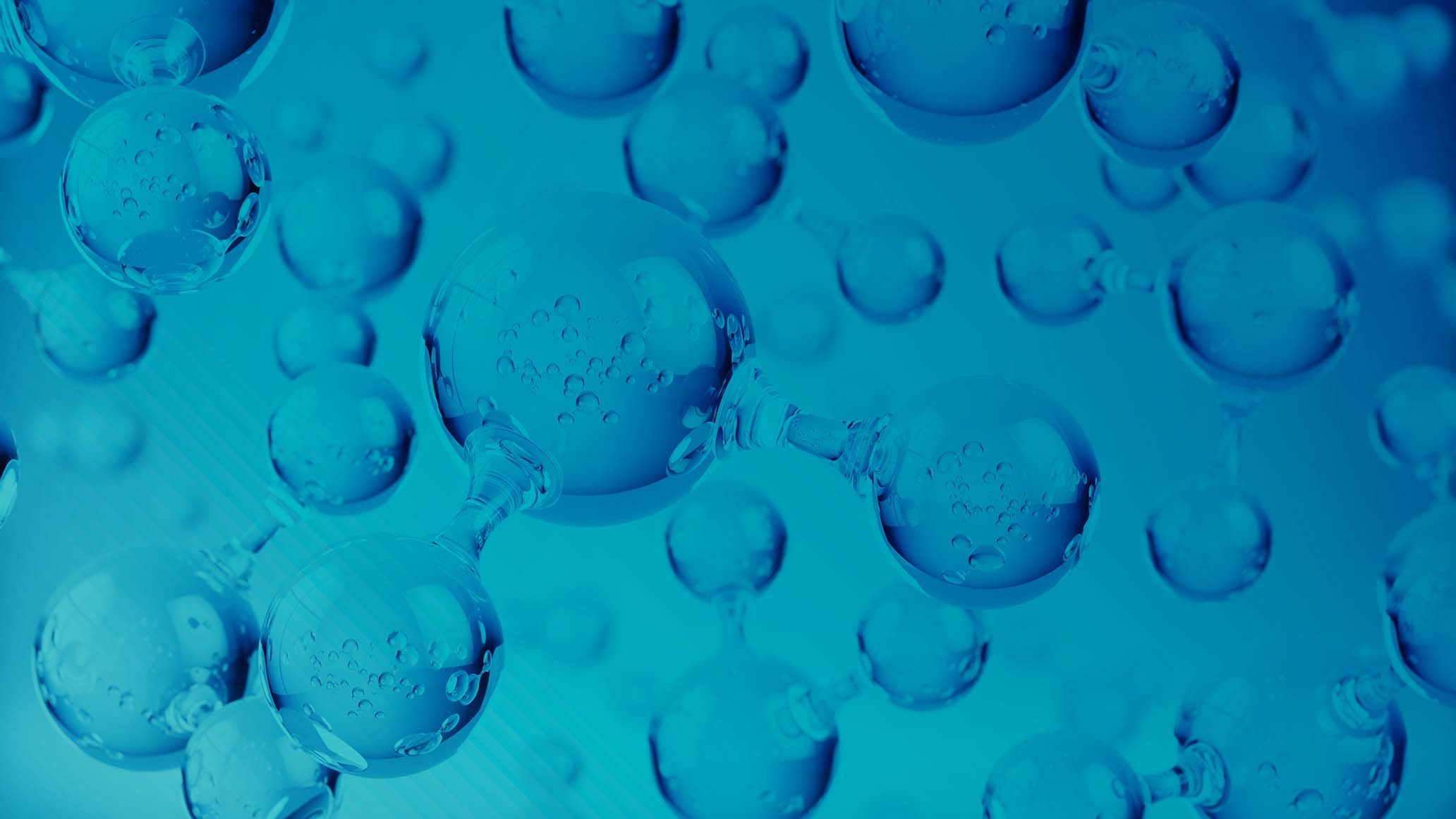
)
)
)
)
)
)
)
)


)
)
)
)
)
)
)
)
)
)
)

)
)
)
)
)
)
)
)
)

)
)
)
)
)
)
)
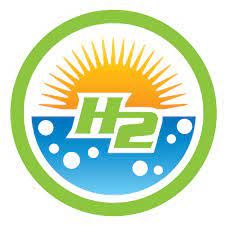
)
)
)
)
)
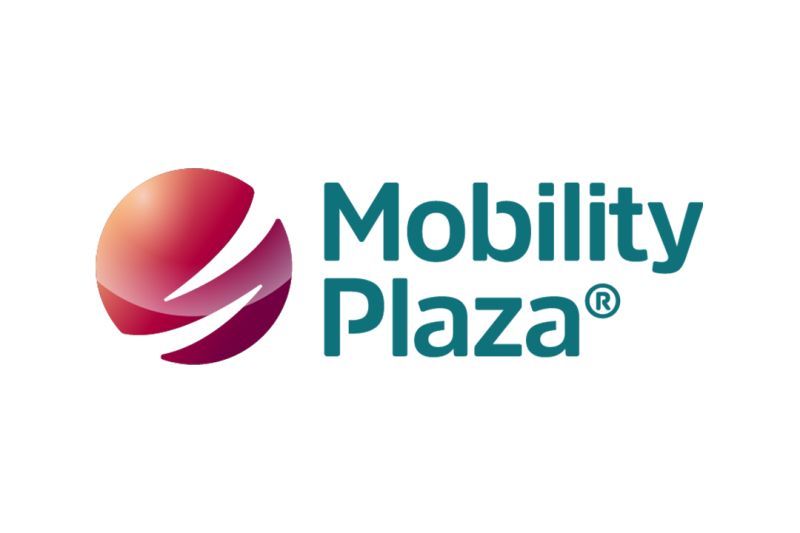
)
)

)
)
)
)
)
)
)
)
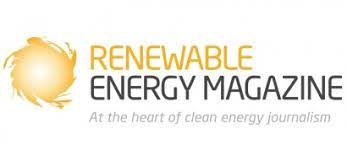
)
)
)
)
)
)
)

)
)

)
)
)
)
)
)
)
)

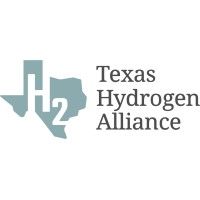
)
)
